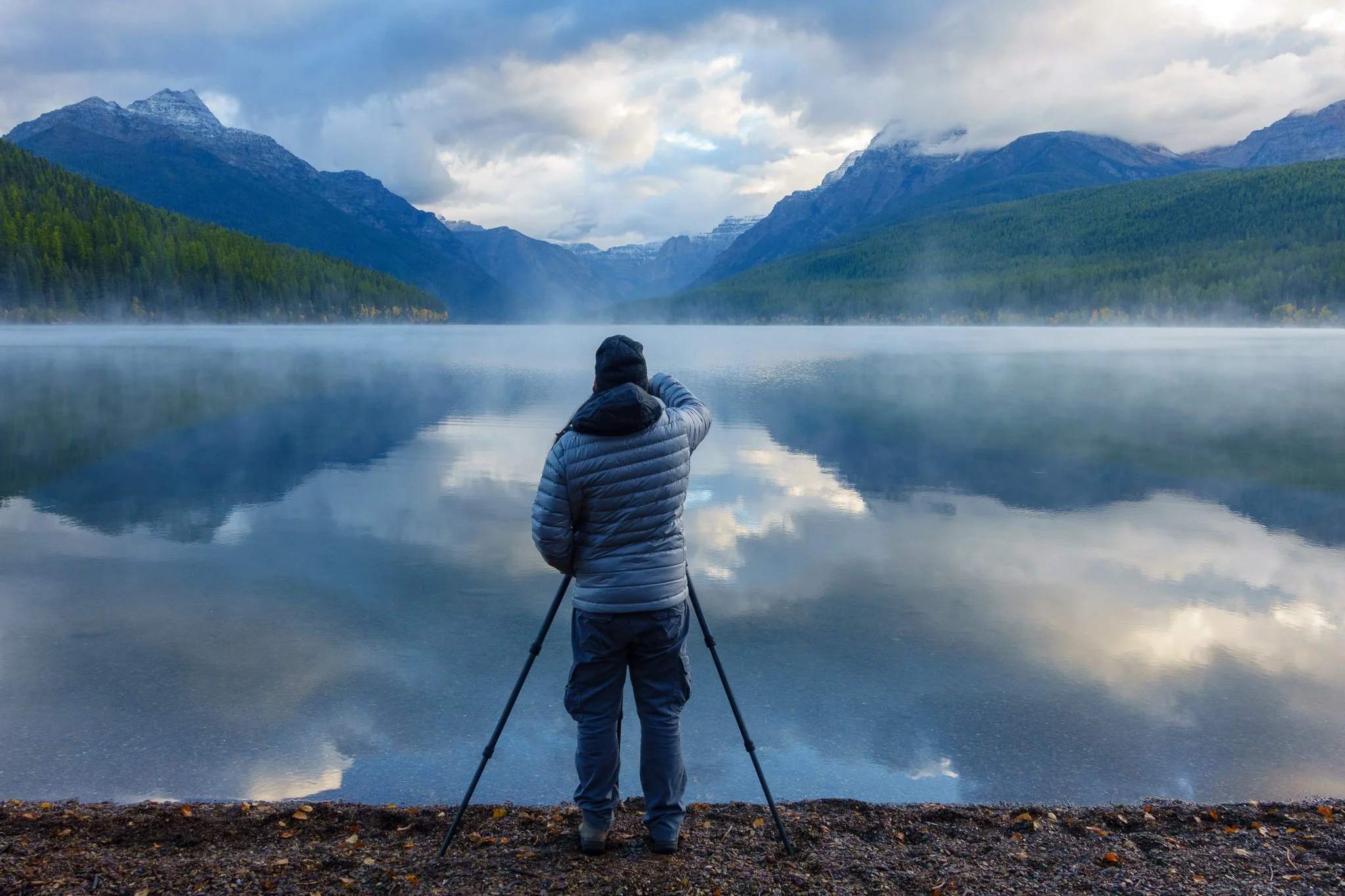What are the best tripods for landscape photographers?
Choosing the best tripod for landscape photography depends on several factors including stability, weight, height, and features. Here are some considerations to keep in mind when selecting a tripod:
1. Stability:
Look for a tripod that can support the weight of your camera gear (including any heavy lenses) without wobbling or shaking in windy conditions. Tripods made of sturdy materials like carbon fiber or aluminum are good options.
2. Weight:
Consider the weight of the tripod itself. For landscape photographers who hike long distances, a lightweight tripod is essential for ease of transport.
3. Height and Compactness:
Choose a tripod that extends to a comfortable height for your shooting needs. Also, check how compact the tripod can fold down for easier carrying and storage.
4. Leg Lock Mechanism:
Look for tripods with reliable leg-lock mechanisms (like twist locks or lever locks) that are easy to operate and provide stability.
5. Ball Head vs. Pan-and-Tilt Head:
Decide whether you prefer a ball head (which allows for quick adjustments) or a pan-and-tilt head (which offers more precise control over each axis).
6. Material:
Carbon fiber tripods are lightweight and excellent for travel but can be more expensive. Aluminum tripods are generally more affordable but can be heavier.
Recommended Tripods for Landscape Photography:
Really Right Stuff (RRS) TVC Series:
Known for exceptional stability and build quality. These carbon fiber tripods are lightweight yet robust.
Gitzo tripods are renowned for their durability and innovative designs. The Mountaineer series offers a good balance of weight and stability.
A versatile aluminum tripod series with various options in terms of height and load capacity.
Lightweight carbon fiber tripods designed for travel photographers. They are sturdy and easy to carry.
These tripods are known for their affordability and quality construction, available in both aluminum and carbon fiber.
Additional Tips:
Test Before Buying: Whenever possible, try out a tripod in person to see how smoothly it operates and whether it suits your needs.
Consider Accessories: Some tripods come with accessories like spiked feet for better grip on uneven terrain or center columns that can be adjusted for different shooting angles.
Budget: Set a budget that reflects your needs. Tripods can range widely in price, so finding the right balance between cost and features is important.
By considering these factors and recommendations, you can find the best tripod for landscape photography that suits your specific shooting style and requirements.

